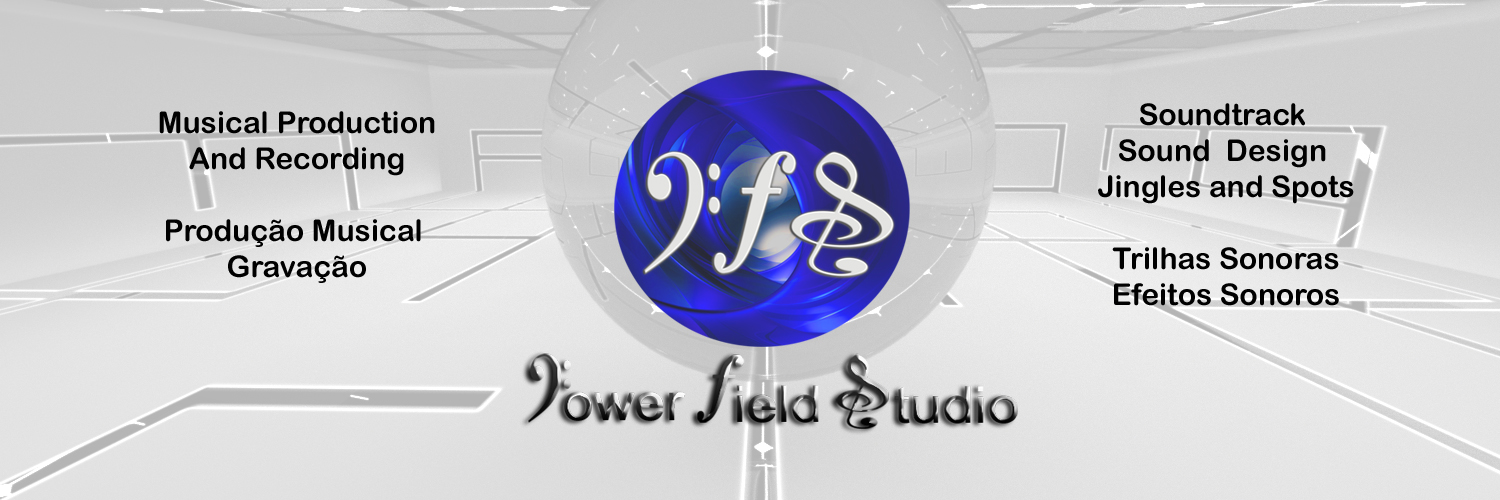The basics of a content marketing plan for musicians.
Music promotion is something a lot of people struggle with.
It can be tough to find something that actually works. After all, your goal is to be able to sell music, merch, and tickets and ultimately make a living from your music, so just getting followers or being “internet famous” isn’t going to cut it.
You can’t eat tweets, and they certainly won’t pay your rent. The social is only one part of the equation.
The strategy you use needs to come full circle to financial support – starting with growing an audience, nurturing that audience, and then driving the sale.
And hey – I know that sounds like a lot. I know the last thing you want is a big marketing strategy that takes up all your time. Making sure you have time for playing, writing, and practicing is the big priority.
So let’s go through a system we’ve been developing that makes promoting your music more efficient, more profitable, and more fun.
Plan
The first step to any successful marketing endeavor is to PLAN – to know what you’re goal is and why.
This goal will be a standard to weigh all your actions and decisions against. And it will make everything a lot clearer in terms of what steps you should take next.
If you’re trying to decide whether a certain gig will actually move you forward, ask yourself, “Is this gig directly related to my goal? Or would my time be better spent elsewhere?”
This planning stage is also where you’ll figure out who your audience is. Every musician should be able to know off the top of their head some basic info about their fans – age ranges, gender divide, general location, and maybe some other bands and musicians they like or some of their general interests.
You can find a lot of this on social media, but I also suggest getting out there and actually talking to your fans. Ask questions on social media, do polls, and get out in the audience after your gigs to get to know who they are and what they’re all about.
This data will help you make decisions like where to tour, what kind of merch to order, what kind of cover songs to include in your set, and so on. It’s all about being able to relate to your audience.
Build
Once you know who you are, where you’re going, and who you’re playing for, it’s time to start building! This is where you’ll use everything you’ve learned to create social media pages, a website, a blog, and an email list that are really focused on your unique career.
If you already have this stuff set up, now is a good time to reassess. Is everything serving you to it’s full potential? Do you need to adjust your brand or how you communicate with your fans?
Your website is the central hub of your music promotion efforts. Your store will live here as well as your email collection forms. I also recommend some kind of “blog.”
I put “blog” in quotes because it definitely doesn’t have to be a typical, text-heavy blog. You can publish anything you want here. The point is to have regularly published fresh content to keep your fans coming back to your site where you can expose them to your store, your tour dates, and your email forms.
Create
Now that we have the foundations, we can start actually creating awesome content that your fans will love.
Start with brainstorming ideas for one blog post and then derive a few social posts and an email from that.
As you create social posts, blog posts, and emails, don’t think about them as three separate things. You can and should be repurposing your content and adapting it for different places. A single blog post can be splintered off into a ton of social posts and an email. When you start thinking like this, promoting your music becomes a lot less time-consuming.
Integrate
And finally, we’re going to integrate everything together into one big funnel.
Ultimately, you want to create a path of movement driving fans to engage on a deeper and deeper level until they are buyers and financial supporters of your music.
And you do this by almost tier-ing the exclusivity of the content you share:
- Social media is for short-form content and day-to-day engagement.
- Your blog is for longer form content and more information (think stuff your solid fans would want to read and watch).
- Your email list functions as an exclusive little club where you share early access and exclusive content you don’t publish anywhere else.
And of course, everything should link together…
So on social you could share a short video from the studio with a link to your blog for the tone breakdown. On your blog you could post a video tutorial breaking down the tone you used with a link to signup for emails to get the full day’s vlog. To your email subscribers you send the full vlog with a link to pre-order the album.
Now, everything you post doesn’t have to be this thought out, but you should at least ask yourself, “What is the purpose of this social post?” They shouldn’t exist in a vacuum, they should all be working towards some common goal.









/cdn.vox-cdn.com/uploads/chorus_asset/file/8870769/fcwd_products_audio_bluetooth_05_left_image_monterey_powerful_2x.jpg) Monterey. Image: Fender
Monterey. Image: Fender/cdn.vox-cdn.com/uploads/chorus_asset/file/8870773/fcwd_products_audio_bluetooth_08_left_image_newport_portable_2x.jpg) Newport. Image: Fender
Newport. Image: Fender